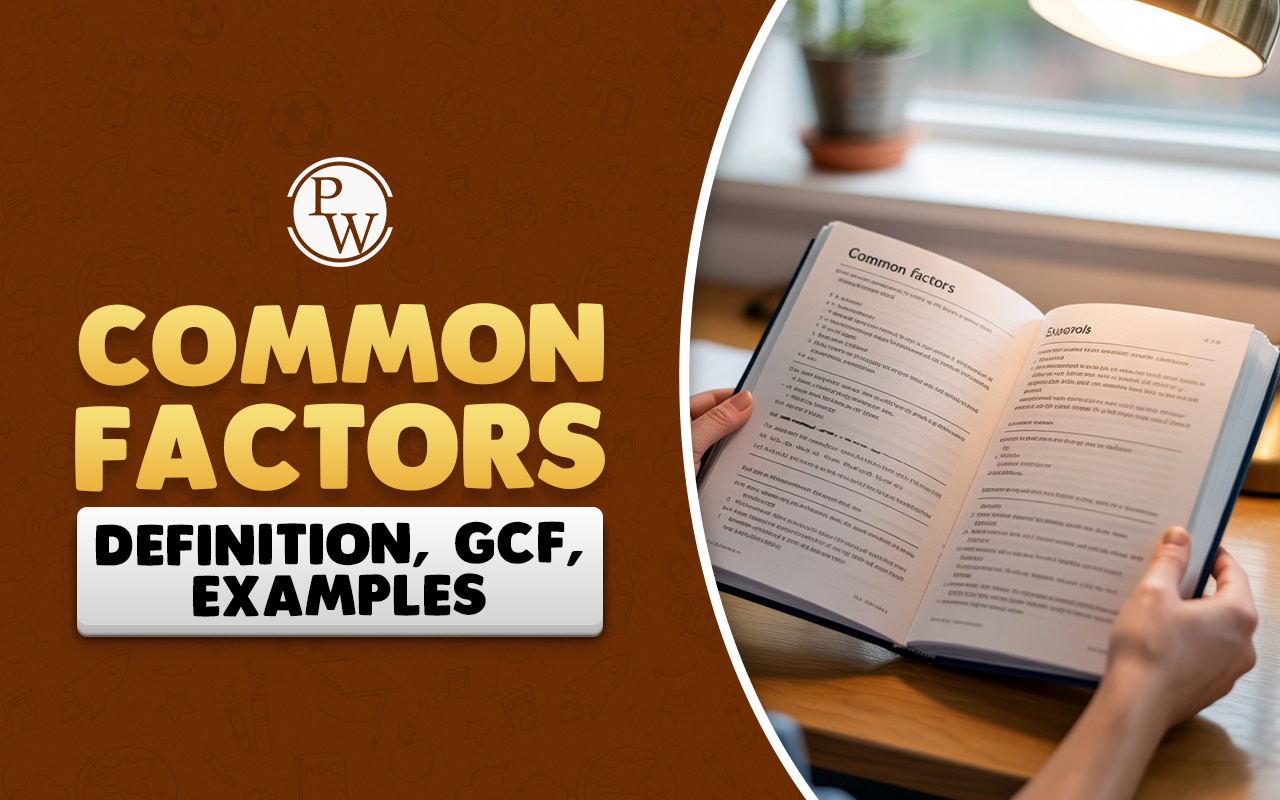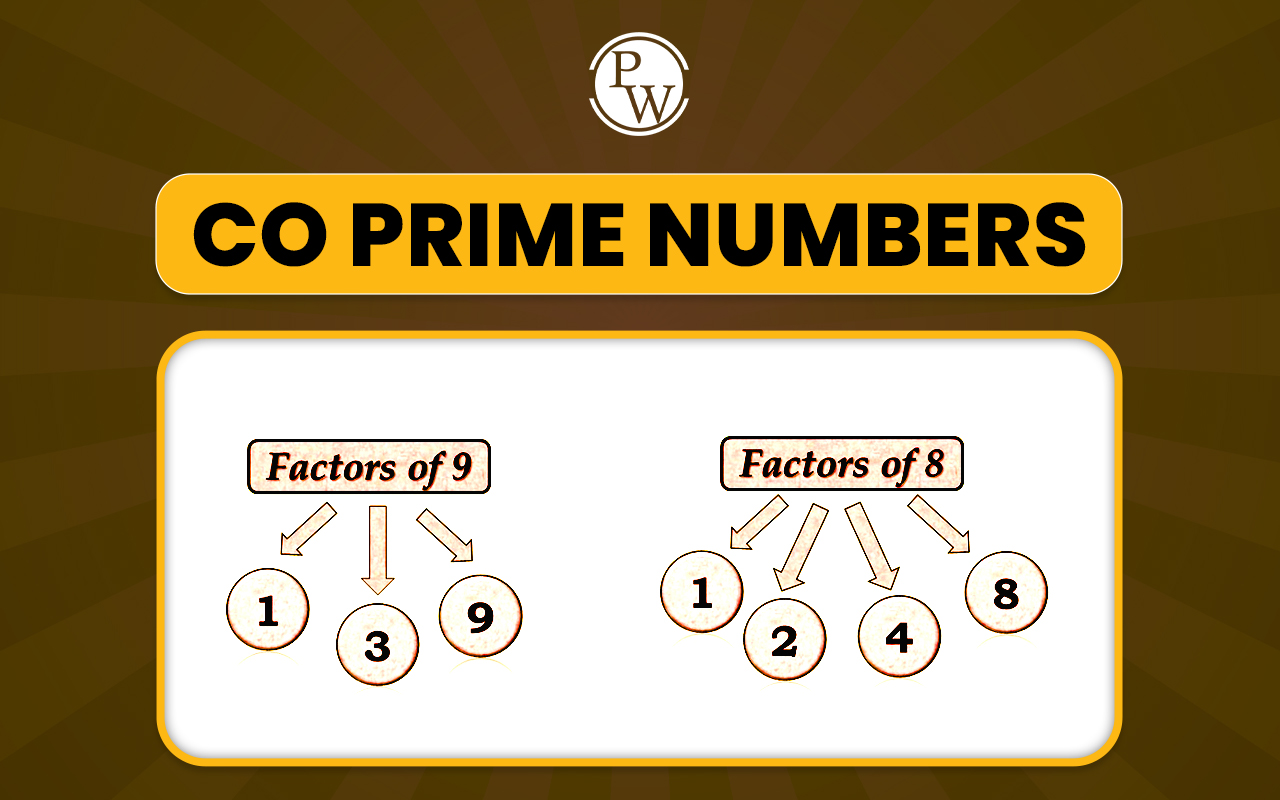
Spelling Rules in English
Spelling rules in English are helpful ways for children to understand how words are formed and written. Many English words do not sound the way they are spelled, which makes learning to write them correctly a challenge. Children often struggle with silent letters, confusing patterns, and words that sound alike but are spelled differently.
Rather than relying on memorisation alone, teaching spelling through simple, consistent rules helps children learn more effectively. These rules give young learners tools they can use to figure out how to spell unfamiliar words. Over time, this builds confidence in both reading and writing.
Read More: Action Words in English
10 Spelling Rules in English
Here are the 10 spelling rules every learner should know. Each includes an explanation, simple examples of spelling rules, and notes on any common exceptions.
1. Use I Before E Except After C
The spelling rule “I before E except after C” helps us decide when to use “ie” or “ei” in a word. In most cases, if there is no “c” before the letters, we use “ie”, as in believe, friend, or chief. However, if the letters come after the letter “c”, we use “ei”, like in receive, ceiling, or deceive.
Another part of the rule says that when the sound is like the letter “a”, as in weight or neighbour, we also use “ei”. While this rule works most of the time, there are a few exceptions, such as weird, height, seize, and their. These must be learned through practice and reading.
2. Drop the Final Silent ‘E’ Before Adding a Vowel Suffix
Rule: When a base word ends with a silent “e,” drop the “e” before adding a suffix that begins with a vowel (like -ing, -ed, -able).
Examples:
-
Make - making
-
Hope - hoping
-
Use - using
Exceptions: If the suffix starts with a consonant, the final “e” is usually kept.
-
Hope - hopeful
-
Care - careless
3. Double the Final Consonant After a Short Vowel
If a one-syllable word ends in a single vowel followed by a single consonant, double the final consonant before adding a suffix (like -ing, -ed).
Examples:
-
Run - running
-
Sit - sitting
-
Hop - hopping
For multi-syllable words, only double the consonant if the last syllable is stressed.
-
Begin - beginning
-
Refer - referring
This is one of the most important spelling rules when changing tenses or adding suffixes.
4. Change Y to I Before Adding a Suffix (Except if the Suffix Begins with “I”)
If a word ends in a “y” preceded by a consonant, change the “y” to “i” before adding suffixes such as -ed, -er, or -est.
Examples:
-
Happy - happier
-
Cry - cried
Exception: If the suffix begins with “i,” keep the “y.”
-
Copy - copying
-
Study - studying
This rule is especially helpful in keeping words spelled and pronounced correctly when modified.
5. Add -ES to Words Ending in S, SH, CH, X, or Z
For words ending with s, sh, ch, x, or z, add -es to form the plural. This avoids awkward pronunciation.
Examples:
-
Bus - buses
-
Dish - dishes
-
Watch - watches
-
Box - boxes
-
Buzz - buzzes
This English spelling rule is easy to remember and extremely useful when working with plural nouns.
6. The Letter Q is Always Followed by U
In nearly all English words, the letter “q” is immediately followed by the letter “u.”
Examples:
-
Quick
-
Question
-
Quote
-
Quality
There are very few exceptions, most of which are borrowed from other languages. This is one of the foundational English language spelling rules and helps maintain consistent word structure.
7. English Words Do Not End in V or J
Standard English words typically do not end with the letters “v” or “j.” If a word ends in “v,” an “e” is usually added to the end.
Examples:
-
Give
-
Love
-
Live
Words ending in “j” are very rare and are usually abbreviations, brand names, or loanwords. While this rule is subtle, it’s part of maintaining correct spelling in formal writing.
Read More: 100+ Most Asked English Vocabulary for Students
8. Use CK After a Short Vowel Sound
After a short vowel sound in a one-syllable word, use “ck” to spell the /k/ sound.
Examples:
-
Back
-
Neck
-
Sock
-
Pick
-
Duck
This rule is especially helpful for early learners who are figuring out how to learn English and want to avoid misspelling short, simple words.
9. Watch Out for Silent Letters
English includes many words with silent letters that are not pronounced, especially at the beginning or end of words.
Examples:
-
Knee (silent “k”)
-
Thumb (silent “b”)
-
Psychology (silent “p”)
-
Gnome (silent “g”)
-
Hour (silent “h”)
These are great examples of spelling rules that must be learned through reading and practice, as they do not always follow consistent patterns.
10. Some Plurals Are Irregular and Must Be Memorized
Not all plurals are formed by adding -s or -es. Some nouns change form completely in the plural and do not follow regular patterns.
Examples:
-
Man - men
-
Woman - women
-
Child - children
-
Tooth - teeth
-
Mouse - mice
-
Foot - feet
These irregular plural forms are part of the core English spelling rules and are frequently used in both written and spoken English. They are best learned through memorization and usage.
Also read: 15000 in Words in English
10 Tips for Parents to Help Children Learn English Spelling Rules
Here are 10 simple tips parents can use to support children in learning important spelling rules:
-
Teach one spelling rule at a time to keep learning focused
-
Show real-life examples of spelling rules in books or signs
-
Use a visual chart of the top 10 spelling rules at home
-
Read aloud regularly to highlight pronunciation and spelling
-
Use fun games and flashcards to make spelling enjoyable
-
Ask your child to write short sentences using new rules
-
Keep a list of tricky words that break normal spelling patterns
-
Group similar words together to show how spelling changes
-
Encourage daily writing practice, even if it's short
-
Praise effort to build confidence and make learning positive
Improve Your Child’s English Learning Skills with CuriousJr
Is your child struggling with spelling, reading or writing? At CuriousJr, our English online classes make learning simple, engaging and enjoyable. We focus on the essentials: spelling rules, grammar, vocabulary and speaking skills. Step by step, children gain confidence while building a strong foundation in English.
With CuriousJr, learning becomes fun. Children explore English through games, activities and clear examples that keep them interested. Parents can follow progress and see steady improvement in both fluency and confidence.
We believe English should not feel like rote memorisation. It should be a skill children enjoy using every day at school and beyond. Book a Demo today and see how CuriousJr can help your child succeed in English.
Do you need help with your homework or preparing for exams?
Study without using the internet
Spelling Rules FAQs
Why are spelling rules important in English?
What are the most important spelling rules to remember?
Do all English language spelling rules have exceptions?
How are British and American spelling rules different?
Do the 10 spelling rules cover all English spelling situations?










